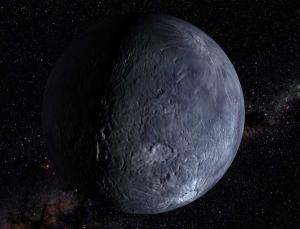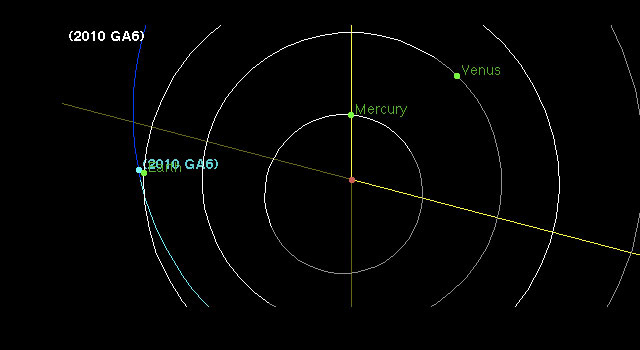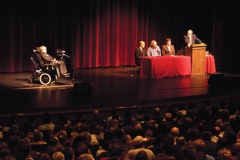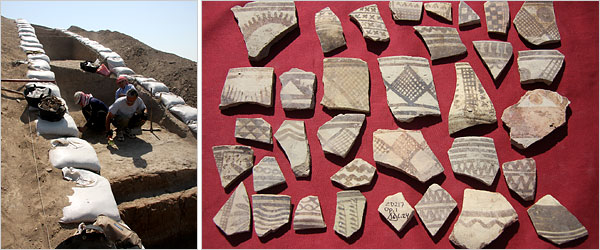
Quaoar was discovered in 2002 in the Kuiper belt, a ring of icy bodies beyond Neptune. At about 900 kilometres across, or 40 per cent as wide as Pluto, it is not the biggest denizen of the belt, but researchers now say it may be the densest.
Wesley Fraser and Michael Brown of Caltech confirmed its size by studying archival images from the Hubble Space Telescope. They also used Hubble images to study the motion of its moon, Weywot, which allowed them to calculate Quaoar's mass.
Combining the size and mass revealed Quaoar's density to be between 2.9 and 5.5 grams per cubic centimetre. That is much higher than that of other Kuiper belt residents like Pluto, which has a density of about 2.0 grams per cubic centimetre.
Quaoar's high density suggests it is made almost entirely of rock, unlike its neighbours, which are a mixture of ice and rock, the researchers conclude. They say the rocky world may be a refugee from the asteroid belt between Mars and Jupiter, thrown outwards early in the solar system's history, when the orbits of the giant planets are thought to have shifted.










